
 SILENT HISTORY
SILENT HISTORY 
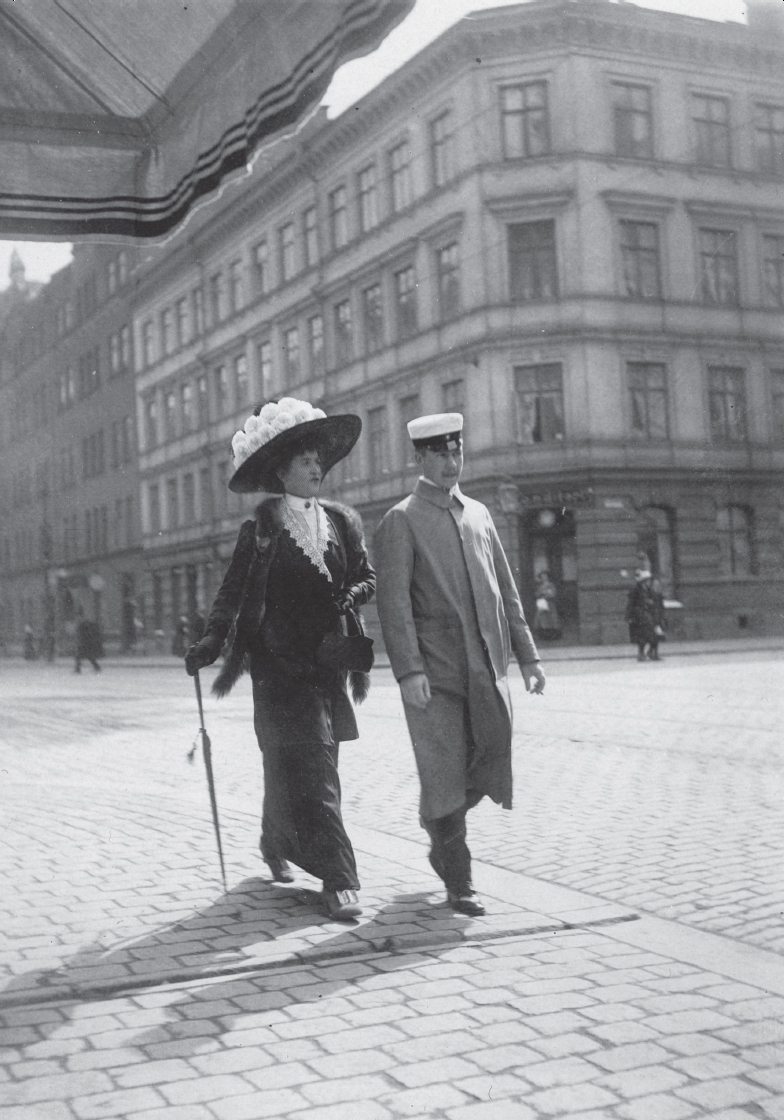
SILENT
HISTORY

BODY LANGUAGE AND
NONVERBAL IDENTITY,
18601914

Peter K. Andersson

McGill-Queens University Press
Montreal & Kingston London Chicago
McGill-Queens University Press 2018
ISBN 978-0-7735-5475-7 (cloth)
ISBN 978-0-7735-5547-1 (ePDF)
ISBN 978-0-7735-5548-8 (ePUB)
Legal deposit third quarter 2018
Bibliothque nationale du Qubec
Printed in Canada on acid-free paper

We acknowledge the support of the Canada Council for the Arts, which last year invested $153 million to bring the arts to Canadians throughout the country.
Nous remercions le Conseil des arts du Canada de son soutien. Lan dernier, le Conseil a investi 153 millions de dollars pour mettre de lart dans la vie des Canadiennes et des Canadiens de tout le pays.
LIBRARY AND ARCHIVES CANADA CATALOGUING IN PUBLICATION
Andersson, Peter K., 1982, author
Silent history : body language and nonverbal identity, 18601914 / Peter K. Andersson.
Includes bibliographical references and index.
Issued in print and electronic formats.
ISBN 978-0-7735-5475-7 (cloth). ISBN 978-0-7735-5547-1 (ePDF). ISBN 978-0-7735-5548-8 (ePUB)
1. Body language Europe History 19th century. 2. Body language Europe History 20th century. 3. Nonverbal communication Europe History 19th century. 4. Nonverbal communication Europe History 20th century. 5. Europe Social life and customs 19th century. 6. Europe Social life and customs 20th century. I. Title.
BF637.N66A53 2018 | 302.2'22 | C2018-902953-6 C2018-902954-4 |
Set in 10/14 Baskerville 10 Pro with Engravers, Helvetica Neue, Bodoni Old Face, and Adobe Wood Type Ornaments Book design & typesetting by Garet Markvoort, zijn digital
Contents


The Culture of Nonverbal Communication in the
Nineteenth and Early Twentieth Centuries
Posing for Portraits:
Conventions and Aberrations

Introduction to the
Case Studies
Case Study 1:
Posing with a Walking-Stick
Case Study 2:
Licensed Withdrawal
Case Study 3:
The Female Akimbo Pose
Case Study 4:
The Waistcoat Pose
Case Study 5:
Hands in Trouser Pockets

Acknowledgments

Writing a historical study of body language is a lonesome venture. The reaction one normally gets from colleagues is one of bafflement or mild amusement. But this risky endeavour has of course also benefited from some helpful and enthusiastic reactions first and foremost, from the committee of the Swedish Foundation for Humanities and Social Sciences (Riksbankens jubileumsfond), whose generous three-year grant made my research possible, and whose printing grant contributed to the production of this book. The Foundation decided to believe in my idea, and agreed with me that studying nonverbal culture historically was a fruitful path. I am extremely grateful for their support and hope that I have lived up to their expectations.
During the years I worked on this project I also found support in the editors of Journal of Victorian Culture (Trev Broughton, Lucinda Matthews-Jones, and Alastair Owens), the historians working at the Department of History at the University of Gothenburg, and the friendly environment of the Department of History at Lund University, where my closest colleagues and friends assisted me in my work both at seminars and through informal discussions. I would also like to thank Claudia Pancino at the Dipartimento di Storia Culture Civilt at the University of Bologna, who accepted me as a guest researcher during a crucial time in my research, and Eveliina Pulkki of the Nordic Network at The Oxford Research Centre in the Humanities, University of Oxford, who made me feel welcome during my brief stay there.
A work like this would not have been possible without assistance from the many archivists and librarians who helped me acquire material both for my research and for the finished book. My thanks go especially to Lund University Library, the Royal Library in Stockholm, Stockholm City Museum, Wien Museum, Deutsches Museum in Munich, the Museum of English Rural Life in Reading, the Linley Sambourne Collection at the RBKC Archives in London, Manchester Archives, and the British Library. In the last stages of this project, Kyla Madden at McGill-Queens University Press suddenly appeared as an editor who actually appreciated and understood what I was trying to do, and her assistance and support have been pivotal in making this book possible. Thank you, Kyla!
My final word of thanks goes as always to my wife, Charlotte Nilsson, whose companionship in conversation and in life certainly means that she contributed more than all the above put together to the research process. Thank you, my love, for showing me what is important in life and for your unwavering encouragement.
 SILENT HISTORY
SILENT HISTORY 
Introduction

 THERE ARE MANY WAYS TO WRITE the history of the human body. Much depends on the emphases created by the chosen focus and the source materials used. Typically, histories of the body produce stories of civilizing discipline, especially when they take into account the social institutions and discourse patterns that have strived to control physical urges and desires. One problem with much of this research, however, is that it relies quite often on the study of texts rather than bodies.
THERE ARE MANY WAYS TO WRITE the history of the human body. Much depends on the emphases created by the chosen focus and the source materials used. Typically, histories of the body produce stories of civilizing discipline, especially when they take into account the social institutions and discourse patterns that have strived to control physical urges and desires. One problem with much of this research, however, is that it relies quite often on the study of texts rather than bodies.
Next page
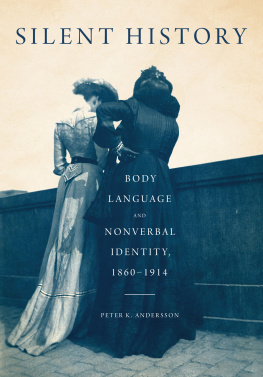



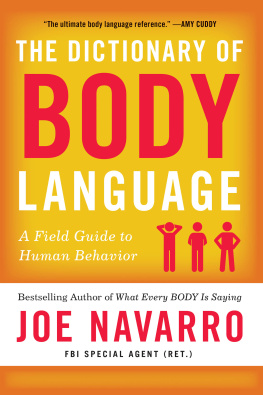
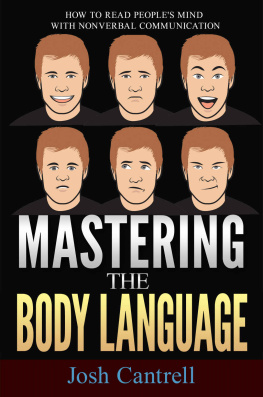
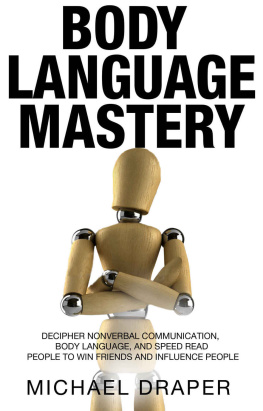



 SILENT HISTORY
SILENT HISTORY 




 SILENT HISTORY
SILENT HISTORY 

 THERE ARE MANY WAYS TO WRITE the history of the human body. Much depends on the emphases created by the chosen focus and the source materials used. Typically, histories of the body produce stories of civilizing discipline, especially when they take into account the social institutions and discourse patterns that have strived to control physical urges and desires. One problem with much of this research, however, is that it relies quite often on the study of texts rather than bodies.
THERE ARE MANY WAYS TO WRITE the history of the human body. Much depends on the emphases created by the chosen focus and the source materials used. Typically, histories of the body produce stories of civilizing discipline, especially when they take into account the social institutions and discourse patterns that have strived to control physical urges and desires. One problem with much of this research, however, is that it relies quite often on the study of texts rather than bodies.